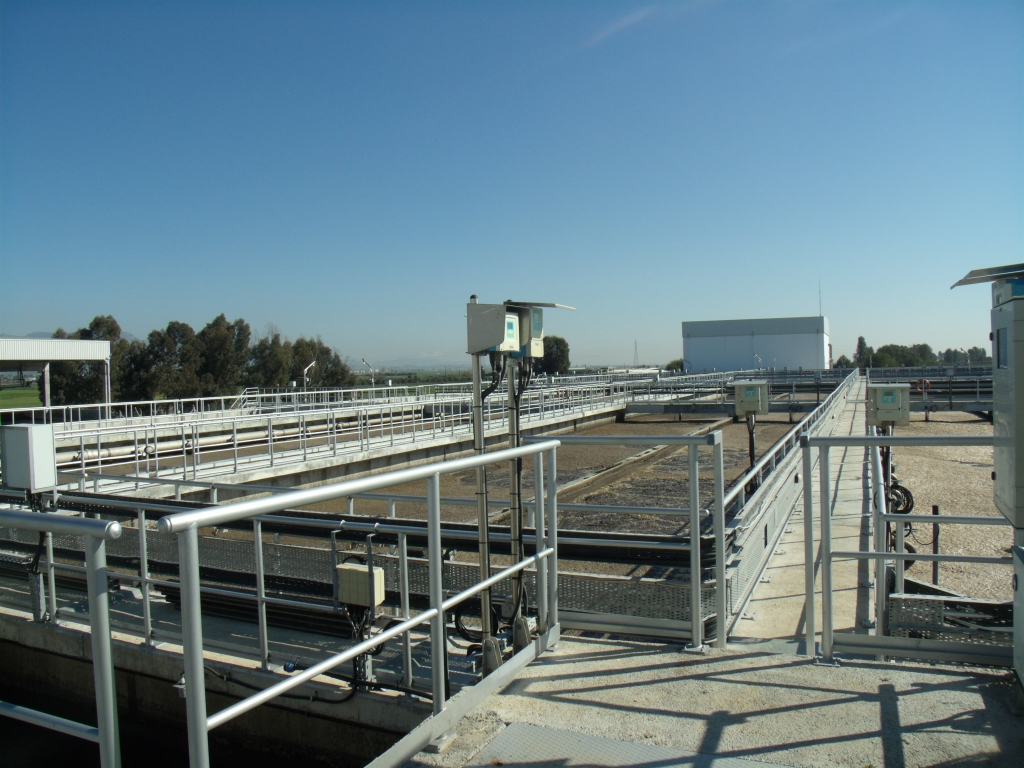Get Support
123-456-789-10

Mayor Harmancı Highlights Agricultural Potential of Purified Water from Haspolat Wastewater Treatment Plant
Nicosia Turkish Municipality (LTB) Mayor Mehmet Harmancı has emphasized the agricultural potential of purified water from the Haspolat Wastewater Treatment Plant, a bi-communal facility that collects wastewater from both parts of Nicosia. Harmancı stated that the high-quality treated water could be used more effectively to support local agriculture and reduce dependency on imports.
Increasing Agricultural Use of Treated Water
✅ The Haspolat Wastewater Treatment Plant produces 30,000 cubic meters of purified water daily.
✅ Currently, 2,000-2,500 tons of this water is used for agriculture, but efforts are underway to increase this to 10,000-12,000 tons per day.
✅ LTB has conducted successful trials in forage crop production, including a soybean yield of 300 kg per acre using treated water.
✅ Plans are in place to lay irrigation lines and install pumping stations to distribute water to farmers at affordable rates (10.87 TL per ton).
✅ If reservoir projects are delayed, LTB has completed tender preparations to expand direct water distribution to farmers.
Bi-communal Facility and Greek Cypriot Water Rights
Harmancı also addressed the Nicosia Greek Municipality’s demand for 70% of the treated water, explaining that due to the bi-communal nature of the plant, the Greek side has a 70% input and thus claims 70% of the output.
???? Plans are in place to build two reservoirs – one in the TRNC and one in Southern Cyprus – for better water management.
???? The EU is involved in these discussions, but final approval must come from Turkish Cypriot and Greek Cypriot leaders.
Wastewater Treatment and Facility Upgrades
???? The facility meets EU standards, with treated water having low salinity (900-1100 ppm).
???? 70% of Nicosia’s sewage system is connected to the plant, expected to increase to 84% with ongoing expansions.
???? Plans to upgrade the facility’s membranes could increase daily treatment capacity from 30,000 to 45,000 cubic meters.
???? The facility was built in 2013 at a cost of 40-42 million euros and remains one of the most technologically advanced in Europe.
High-Quality Sludge and Alternative Uses
Harmancı highlighted the increasing demand for fertilizer sludge, as high chemical fertilizer prices have driven farmers to seek alternatives.
✅ 1,000-1,500 cubic meters of high-quality sludge is produced monthly and sold to farmers.
✅ The sludge has been lab-tested and proven effective for agricultural use.
Challenges: High Energy Costs and Industrial Waste
⚡ Electricity costs are a major expense for the facility. To reduce costs, a solar energy plant is being developed with EU funding, expected to cover 30-35% of the plant’s energy needs.
???? Whey waste will no longer be accepted from April due to its classification as industrial waste. Harmancı criticized manufacturers for not investing in proper waste treatment, stating that municipalities should not bear the cost of industrial waste disposal.
A Vision for Sustainable Agriculture and Water Use
Harmancı concluded by emphasizing that expanding the use of treated wastewater is a valuable opportunity for TRNC agriculture, and that state-controlled lands in Haspolat should be allocated to young farmers to enhance local food production.
